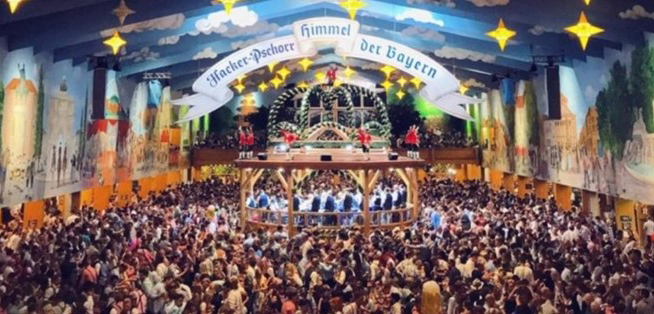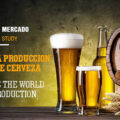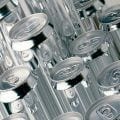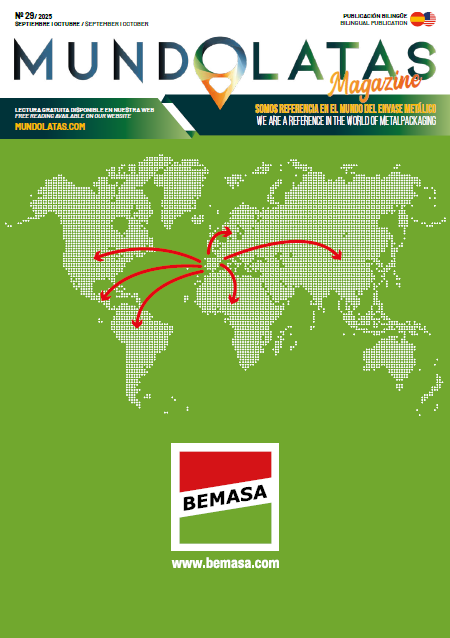After three years without being held due to the coronavirus pandemic, the Oktoberfest, the beer fair par excellence, returns home. Once again, Munich hosted a new edition of the beer fair, considered the most important in the world.
This year it was a little more expensive for attendees compared to previous editions. Specifically, it was 17% more expensive, although demand was not reduced at all. The event was kicked off by Mayor Dieter Reiter, who is responsible for opening the first keg of the 2022 Oktoberfest, announcing, as the city’s highest authority did every year, “O’zapft is” or “the keg is open” in Bavarian dialect.
“After three years without Oktoberfest, it’s time to experience a bit of normality and show that it is possible to celebrate joyfully for a few hours at Oktoberfest.” said the mayor of Munich. The festival featured 487 food and beverage outlets for consumers, spread over 17 large tents and 21 smaller ones, with 120,000 seats, in an area of 34 hectares.
In this latest and much-anticipated edition, attendees had to scratch their pockets and pay between 12.60 and 13.80 for a one-liter pitcher of beer, compared to 10.80 and 11.40 euros per liter in 2019. The rise in beer prices for Oktoberfest has been driven partly by the return of demand, with that of the coronavirus pandemic and mainly by the effects of the war in Ukraine, especially on energy, which became much more expensive, especially after Russia stopped the shipment of natural gas.
The brewing sector is being hit hard with inflation reaching 7.9%, annualized, in Germany in August and 9.1% in countries using the euro. Thus, Oktoberfest ended up being a boost in the midst of a difficult scenario for the brewing industry, as well as for the food service segment and other industries. In 2019, Oktoberfest brought together 6.3 million people who consumed around 7.3 million liters of beer.









